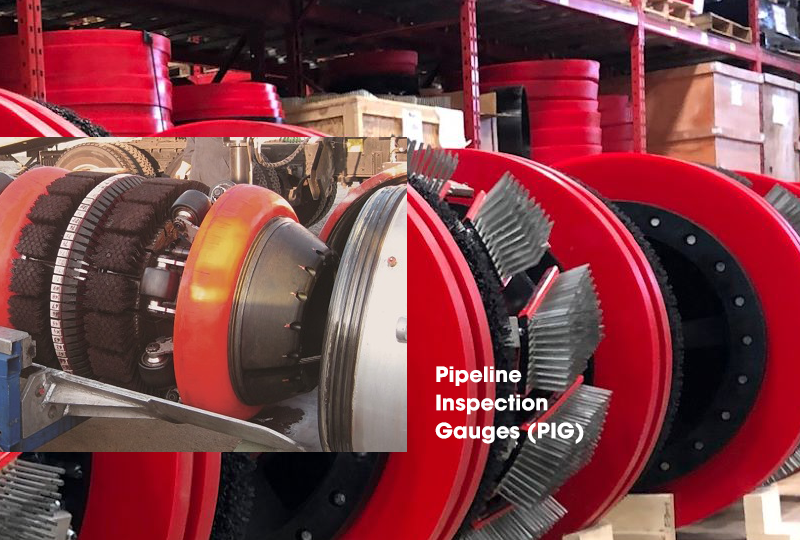Why are high-temperature lithium-ion batteries more suitable for Autoclaves data...
Read MoreHow does Inspection Pipeline Inspection Gauges (PIG) perform compressed gas propulsion?
The following are the general steps for propelling a PIG with compressed gas:
1. Install the PIG inlet port at the pipe inlet. The entry port is usually a snap ring, magnetic rotating rod or other device to ensure that the PIG can move smoothly in the pipeline and ensure the accuracy of the test results.
2. Build a compressed gas system and pump the gas into the pipeline. A compressed gas system usually consists of a booster pump, gas tank, delivery pipe and valves.
3. The high pressure of the gas pushes the PIG forward, making it move forward along the pipeline track. During the inspection, PIG will collect the data and parameters inside the pipeline and transfer it back to the computer for analysis.
4. After finishing the test, close the valve on the pipeline and discharge the gas in the pipeline. At this point, the PIG can be taken out from the inside of the pipeline for cleaning and maintenance.

Compressed gas propulsion is suitable for most pipe types. Compared with hydraulic propulsion, compressed gas propulsion is easier because there is no frictional resistance of liquid. In addition, compressed gas can also be used to inspect long-distance pipelines and pipelines that are not easily accessible, such as subsea pipelines. However, compressed gas propulsion can be less stable and less precise than hydraulic propulsion, which means that in some cases, using hydraulic propulsion may be more accurate and reliable.
Extend Knownledges
What issues have lithium-ion batteries helped Autoclaves data loggers solve?
What issues have lithium-ion batteries helped Autoclaves data loggers solve?...
Read MoreAutoclaves data loggers how much voltage Li-ion battery?
Autoclaves data loggers how much voltage Li-ion battery? https://youtu.be/GSAtWWPmBRc The...
Read MoreWhat is the effect of lithium-ion batteries on Autoclaves data loggers?
What is the effect of lithium-ion batteries on Autoclaves data...
Read More